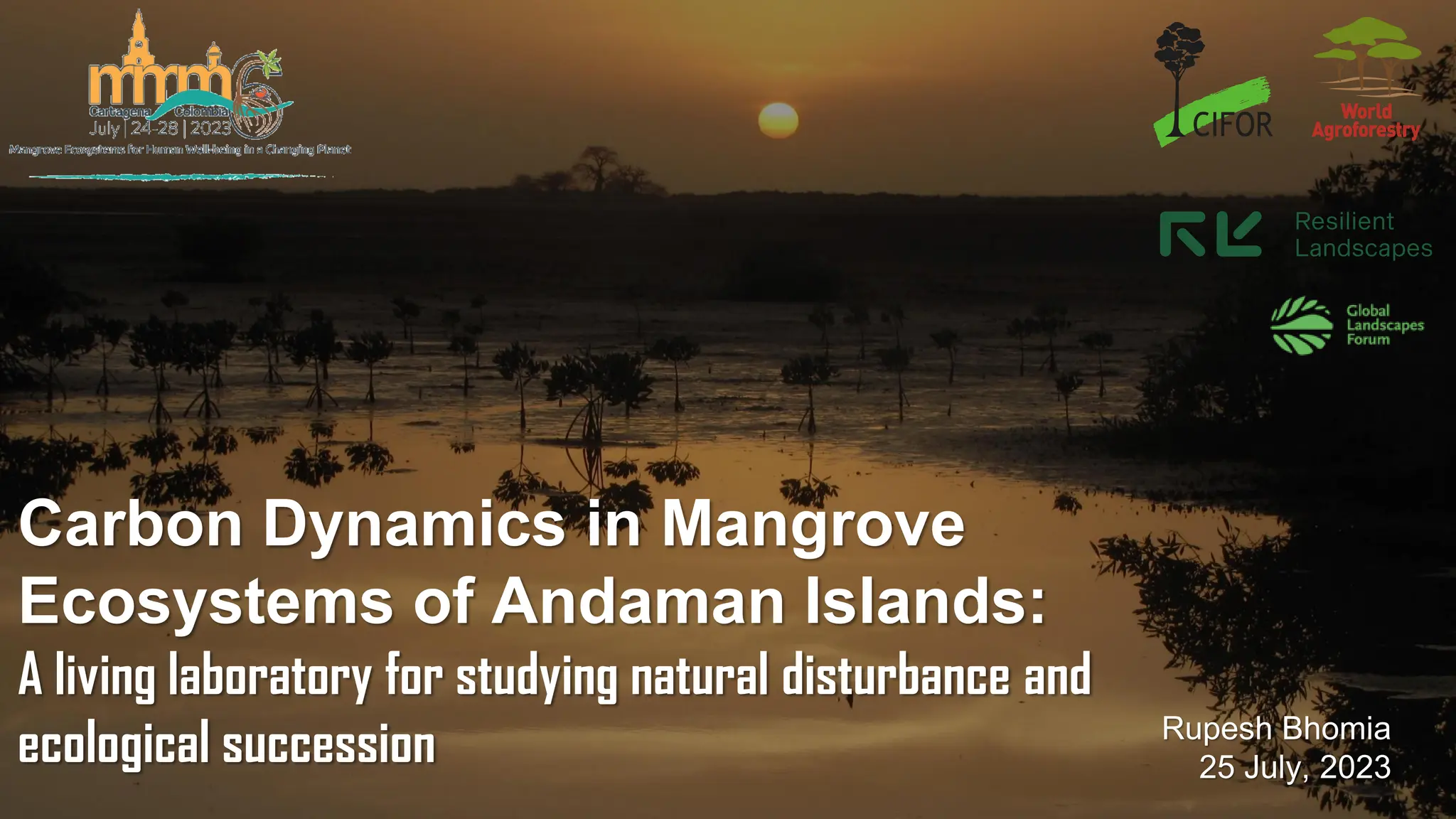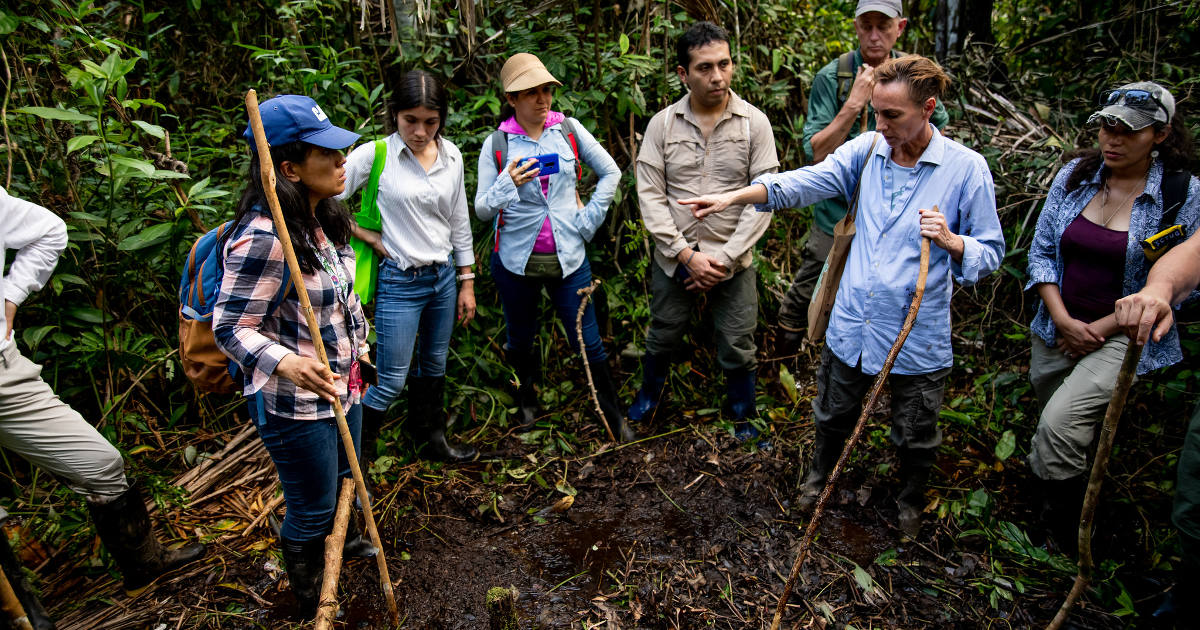Mangroves – coastal or marine ecosystems found predominantly in tropical and semi-tropical regions of the world – are among the most ecologically and socially valuable ecosystems on the planet. They can store three to five times more carbon than terrestrial ecosystems. Mangroves also provide numerous ecosystem services, including food and income opportunities for local communities, and flood and storm surge prevention, as well as providing habitats for a wide array of flora and fauna.
Mangroves have been disappearing at an alarming rate over the past decade due to deforestation and degradation. Mangrove degradation can lead to ecological and social imbalances, and disrupt the equilibrium of coastal landscapes. Increased frequency and intensity of tidal floods, extreme weather events, land subsidence and erosion are all contributing to the global rise in CO2/GHG emissions. Healthy intact mangroves have the capacity to store carbon in soils for longer periods, thereby reducing GHG emissions. Mangroves are also important for meeting climate adaptation goals for the majority of people in developing countries residing in coastal areas. While restoring degraded mangrove ecosystems is essential, conserving existing mangroves is equally important and offers multiple benefits.




















